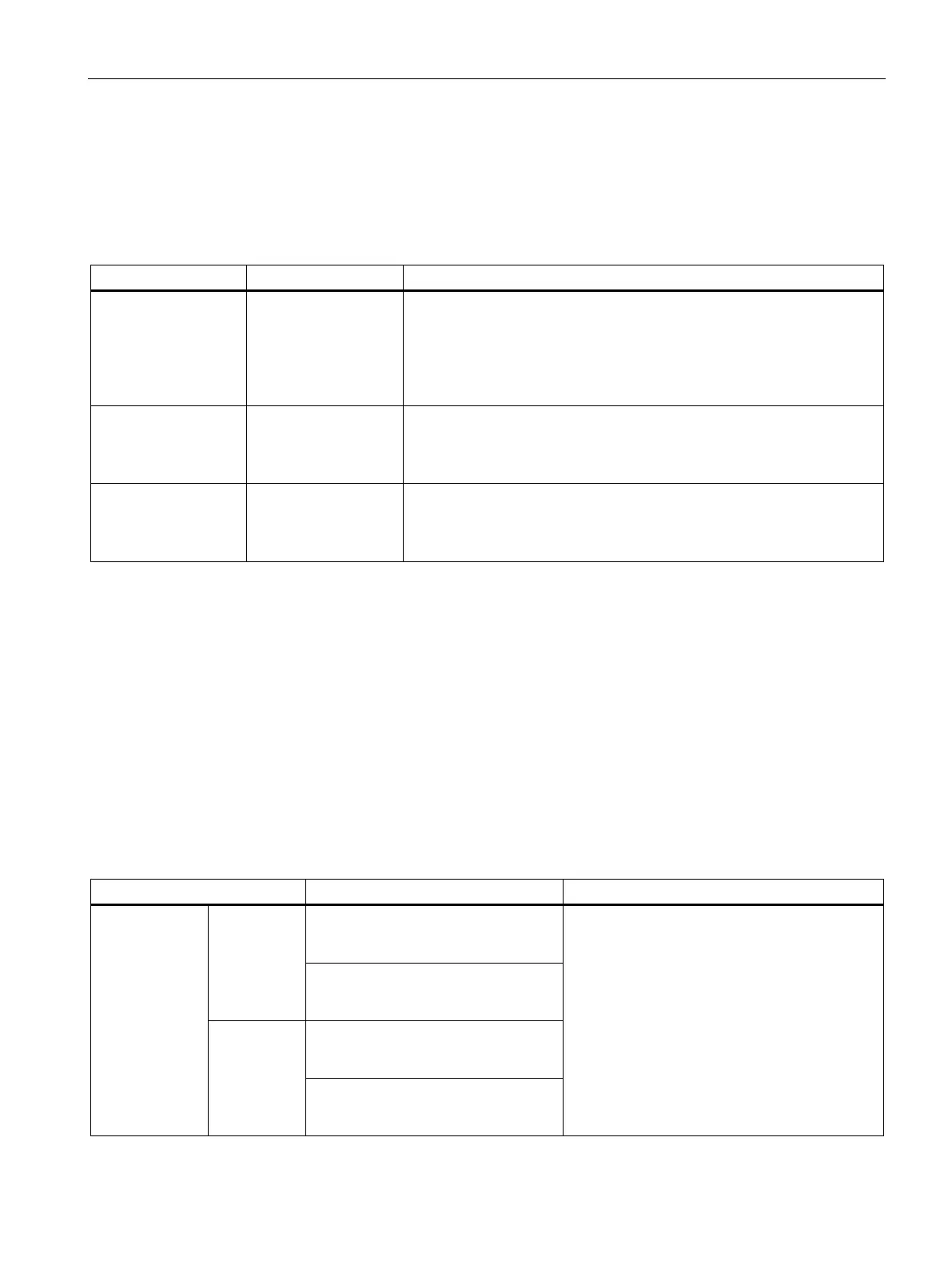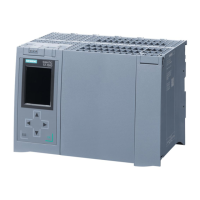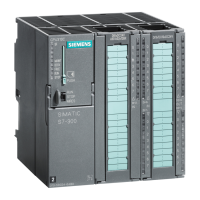Technical specifications
16.4 Mechanical and climatic ambient conditions
S7-1500R/H redundant system
System Manual, 01/2024, A5E41814787-AF
491
Test of mechanical ambient conditions
The table below provides important information with respect to the type and scope of the
test of ambient mechanical conditions.
Table 16- 7 Test of mechanical ambient conditions
ing to IEC 60068-2-6
(Sinus)
Type of oscillation: Frequency sweeps with a rate of change of 1 oc-
tave/minute.
5 Hz ≤ f ≤ 8.4 Hz, constant amplitude 7 mm
8.4 Hz ≤ f ≤ 150 Hz, constant acceleration 2 g
Duration of vibration: 10 frequency sweeps per axis, along each of the 3
mutually perpendicular axes
ing to IEC 60068-2-27
Shock intensity: 15 g max., duration 11 ms
Direction of shock: 3 shocks each in +/- direction, along each of the 3
Continuous shock Shock, tested accord-
ing to IEC 60068-2-27
Type of shock: Half-sine
Shock intensity: 250 m/s
2
peak value, 6 ms duration
Direction of shock: 1 000 shocks each in (+/-) direction, along each of the
3 mutually perpendicular axes
Reduction of vibrations
If the S7-1500R/H redundant system is exposed to severe shock or vibration, take appropriate
measures to reduce the acceleration or the amplitude.
We recommend installing the S7-1500R/H redundant system on damping materials (for
example, rubber-bonded metal mounting).
Climatic ambient conditions
The table below shows the permissible climatic ambient conditions for the SIMATIC
S7-1500R/H redundant system during operation.
Table 16- 8 Climatic ambient conditions
CPUs
mounting
position
Article number 6ES7513-1RL00-0AB0,
To increase the service life of the display, the
display switches off when the permitted operat-
ing temperature is exceeded.
At certain temperatures, the display switches off
and on again. You can find more information in
the technical specifications in the CPU Equip-
ment Manuals.
Article number 6ES7513-1RM03-0AB0,
mounting
position
Article number 6ES7513-1RL00-0AB0,
Article number 6ES7513-1RM03-0AB0,

